PC tube introduction
Polycarbonate (PC) is a clear, transparent, and amorphous thermoplastic material known for its excellent optical properties and durability. The name "polycarbonate" comes from the carbonate groups within its molecular structure. PC tubes are typically colorless and transparent, offering high heat resistance, impact resistance, and flame-retardant properties, meeting the UL94 V-0 standard when additives are included. These materials maintain good mechanical performance across a wide range of typical operating temperatures.
Compared to polymethyl methacrylate (PMMA), polycarbonate exhibits superior impact resistance, a higher refractive index, and better processability. However, PMMA is generally more cost-effective and can be produced through bulk polymerization. As production scales increase, the price gap between polycarbonate and PMMA is gradually narrowing.
It’s important to note that polycarbonate should not be exposed to hot water above 60°C for extended periods. When burned, it releases pyrolysis gases and burns slowly, but does not ignite easily. Once removed from the flame, it tends to self-extinguish, emitting a faint phenol-like odor. The flame appears yellow with a light glow, and the material turns black as it begins to soften at around 140°C and melts at approximately 220°C. It also absorbs infrared radiation, which makes it useful in certain optical applications.
Polycarbonate has limited wear resistance, so components made from it that are subject to friction or abrasion often require surface treatments to improve durability. Its density ranges from 1.20 to 1.22 g/cm³, with a linear expansion coefficient of 3.8 × 10â»âµ cm/cm/°C. The heat distortion temperature is about 130°C. While it is resistant to acids and oils, it is not suitable for environments with strong acids or alkalis. Additionally, polycarbonate is sensitive to ultraviolet (UV) light, which can cause discoloration and degradation over time. Proper storage and handling are essential to maintain its long-term performance.
Steel belt elevator advantages
1. Steel belt traction elevator, can maximize the utilization rate of well, reduce the top height, reduce pit depth.
2. Maintenance-free: the inner steel belt is multi-strand high strength steel wire, the surface is polyurethane polymer material, without lubrication.
3. High life: the life of steel belt is 2â€3 times that of traditional steel wire rope.
4. High efficiency: the steel belt and wheel contact area is larger, more efficient and energy saving.
5. Noise reduction: steel belt and wheel friction noise is less.
6. Because the diameter of the main wheel and the regulating wheel of the steel belt becomes smaller, there is no need for Angle change, which is beneficial to prolong the life of the steel belt and smooth operation.
Notes for installation of steel belt elevator
1. High levelness is required for the steel belt host due to the larger width of the traction wheel.
2. At the same time, ensure the levelness of the main wheel and the regulating wheel in all directions to prevent the deviation of the steel belt.
3, keep the cleanliness of the steel belt.
4, FAXI steel belt host specially equipped with McGowdy steel belt, pay attention to the rough surface of the steel belt and traction wheel contact when installing.
5. Confirm the consistency of the tension force of each steel belt
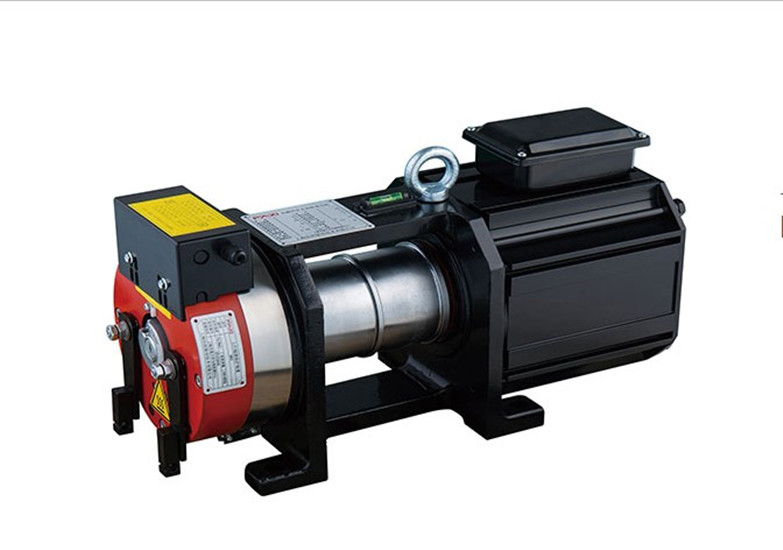
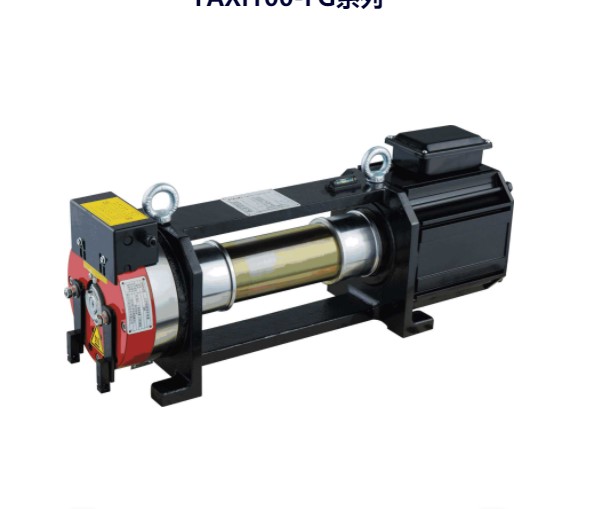
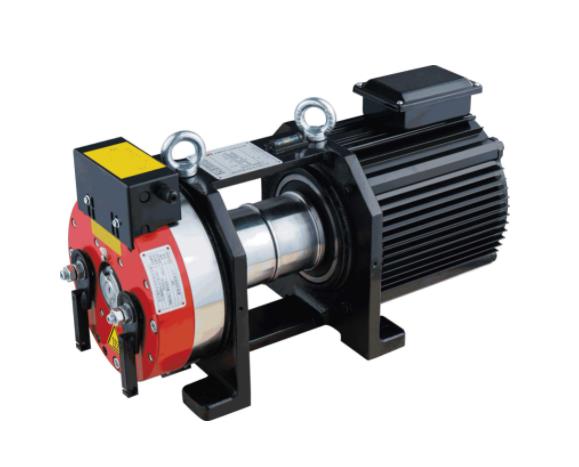
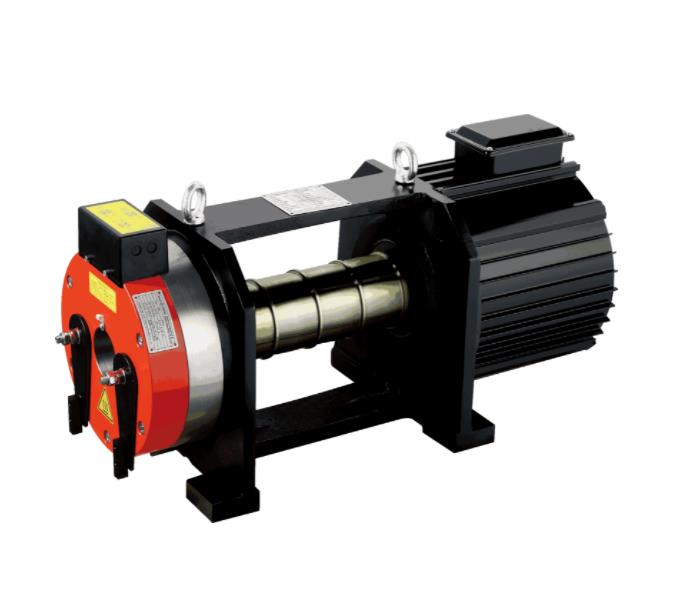
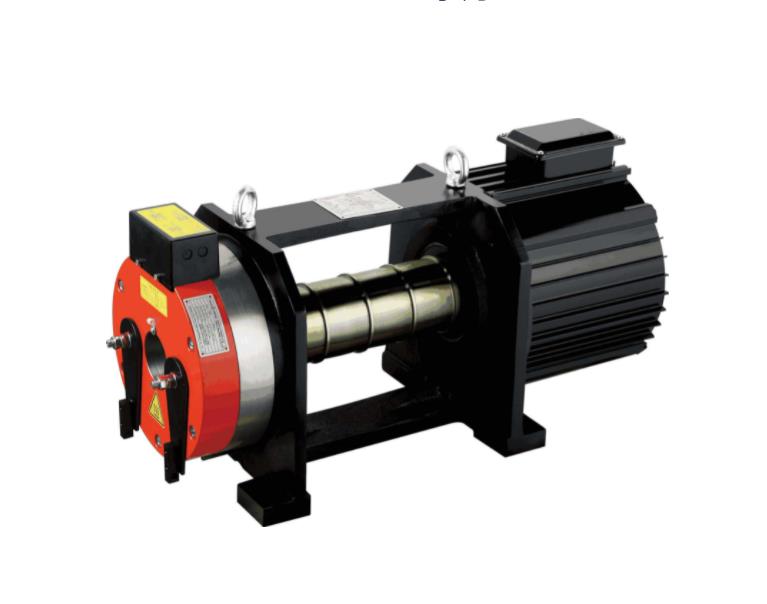
Belt traction machine,Steel belt traction machine,gearless traction machine,Belt motor,gearless motor
Suzhou Keffran Parts Co.,ltd , https://www.keffran-elevatorsmart.com